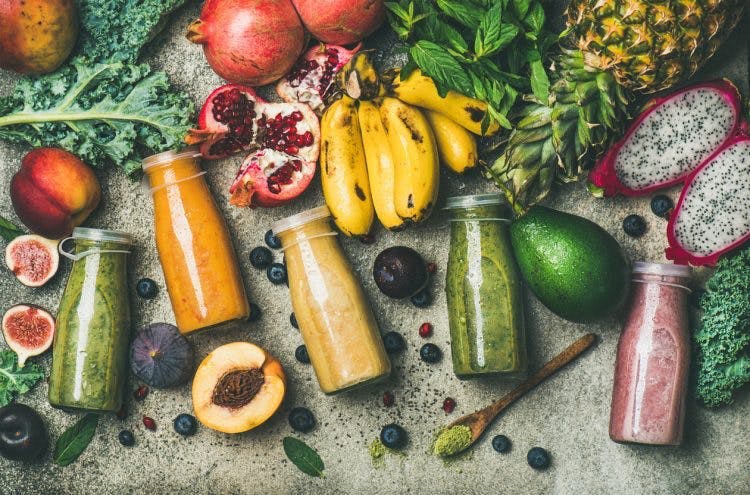An optimal cerebral palsy diet should fulfill your child’s nutrition needs and help minimize the effects of secondary complications.
Cerebral palsy is a developmental disorder, meaning that it affects individuals at a very young age. Children need sufficient nutrition to promote growth and development. A healthy diet also improves energy levels and body functions, which can positively affect performance during physical therapy.
This article will explain nutrient-rich foods to include in a diet for someone with cerebral palsy. But first, let’s discuss various factors than can affect an individual with cerebral palsy’s dietary needs.
Cerebral Palsy Dietary Needs
Cerebral palsy describes a spectrum of motor impairments at varying severities. Therefore, nutritional needs will vary amongst individuals with cerebral palsy.
Factors that must be taken into consideration include:
- Severity of motor impairments. Generally, individuals with milder motor impairments are more physically active and require more energy intake.
- Oral motor impairments. If cerebral palsy affects the muscles around the mouth, individuals may struggle to chew and swallow their food. If your child has oral motor impairments, consider using a blender or food processor to break down their food and make it easier to digest.
- Premature birth. Premature birth is a common cause of cerebral palsy. Infants born prematurely are often smaller, which should be taken into consideration when accessing their dietary needs. About 85% of children born prematurely catch up to their developing peers during the first 2 years of life.
- Co-occurring complications. Some children with cerebral palsy have gastrointestinal reflux disease, which can cause stomach acid to irritate the esophagus and cause heartburn. Greasy, spicy, or acidic foods can trigger acid reflux and should be avoided.
Individuals with severe oral motor impairments may need to use a feeding tube. While many parents may be opposed to a feeding tube, it’s essential to prioritize your child’s nutrition as they grow. Your child may not have to solely rely on the feeding tube. Often, they can eat as they normally would and use the feeding tube to help supplement their daily nutritional needs.
To better understand your child’s specific nutrition needs, speak with their pediatrician or a dietician. In the following section, we’ll discuss foods that can help optimize the health of individuals with cerebral palsy.
Foods to Include in a Cerebral Palsy Diet
Children with cerebral palsy have a higher risk of malnutrition due to oral motor impairments, digestion problems, and reduced physical activity levels.
Below, we’ll explore 10 foods to include in your child’s diet to promote neuroprotection and healthy development.
1. Eggs
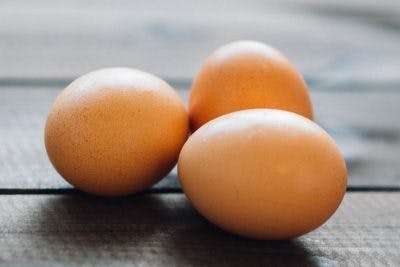
Eggs are a great source of protein and choline, which make them a staple in the diets of people with cerebral palsy.
Protein intake plays a key role in promoting muscle development and tissue growth. This is especially important for individuals with cerebral palsy since they may have weak muscles due to limited movement.
Choline is a nutrient necessary to produce acetylcholine, a neurotransmitter that affects mood, memory, muscle control, and other essential nervous system functions. Therefore, consuming sufficient amounts of choline can provide nutrients to the brain for improving motor functions.
Want 19 pages of CP recovery tips in PDF form? Click here to download our free illustrated ebook now (link opens a pop up for uninterrupted reading)
2. Avocados
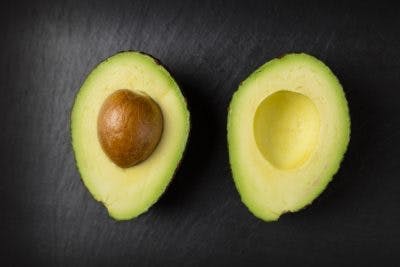
Avocados are high-fat and high-calorie fruits that are full of various nutrients.
Many individuals with cerebral palsy may be undernourished because of difficulties controlling the muscles around the mouth. As a result, they may struggle to chew and swallow.
High-calorie and nutrient-dense foods like avocados help ensure that individuals with CP are eating enough calories without needing to increase the volume of food they eat.
3. Nut Butters
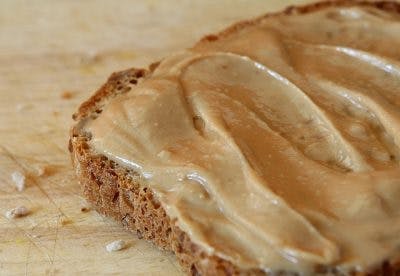
Nut butters like peanut and almond butter contain healthy fats and require less chewing, so these foods may ensure that individuals with cerebral palsy are consuming enough calories.
They’re also extremely versatile and generally kid-approved. Mixing them into oatmeal or smoothies can add extra protein, fiber, healthy fats, and other essential vitamins and minerals to your child’s meal.
4. Olive Oil
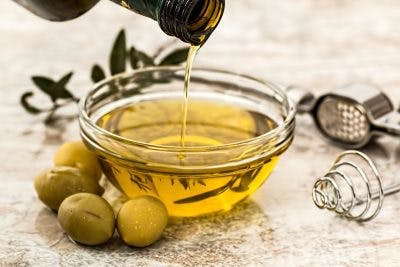
Olive oil is healthy fat that may be included in diets for individuals with cerebral palsy.
High levels of antioxidant-packed micronutrients called polyphenols are found in olive oil and help promote neuroprotection through free radical scavenging, lipid peroxidation inhibition, and anti-inflammatory properties.
5. Dark, Leafy Greens
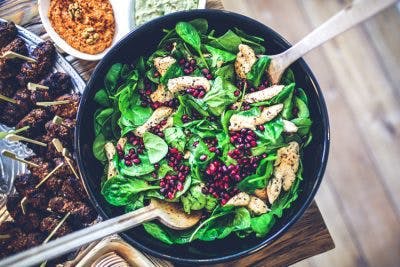
Dark leafy greens like spinach and kale are essential for any healthy diet but can especially benefit those with cerebral palsy because they contain vitamin K, which is essential for healthy brain function and strong bones.
Leafy greens also contain folate, a B vitamin that’s necessary for the synthesis of serotonin, epinephrine, norepinephrine, and dopamine. These neurotransmitters help improve mood and may help regulate the heightened behavior problems that are common in children with CP.
Many individuals with cerebral palsy experience digestion problems due to reduced metabolic rates. Adding dark, leafy greens to your child’s diet will increase their fiber intake, which can, in turn, promote bowel movements.
6. Whole Grains
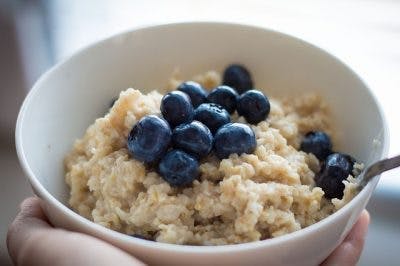
Many individuals with cerebral palsy sit in a wheelchair for most of their day. This causes the abdomen to compress for long periods, which slows digestion and decreases blood flow.
Whole grains like oats, brown rice, whole wheat, whole rye, barley, and quinoa are extremely nutritious and high in fiber.
The dietary fibers found in whole grains are called prebiotics. They help build healthy bacteria in the gut and aid in digestion.
7. Greek Yogurt
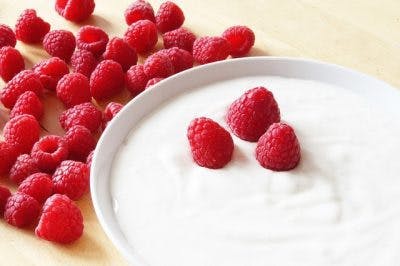
Because many children with cerebral palsy may not get enough nutrients due to feeding problems, their bones and muscles may become weakened.
Greek yogurt is high in calcium, which is essential for bone health and promotes nerve function.
Greek yogurt also contains high amounts of protein, which may enhance cell growth and repair for building muscles.
8. Ginger
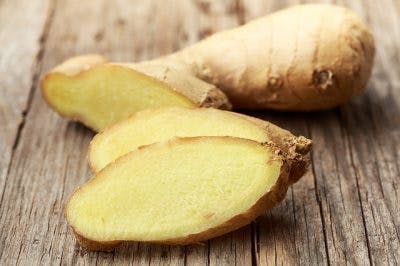
Ginger is a root that has been used for culinary and medicinal purposes for thousands of years. It has various healing properties that can aid in digestion, circulation, immunity, and brain function.
Ginger is full of antioxidants, which may protect the brain by combating oxidative stress. It also promotes blood flow, which allows neurons in the brain to absorb more oxygen and other essential nutrients for optimal functioning.
9. Salmon

Salmon is high in omega-3 fatty acids, which may improve nerve function and promotes the development of neurons in the brain.
Behavioral and learning difficulties are common in children with cerebral palsy. This study found that “children who had increased amounts of omega-3 fatty acids performed better in school, in reading and in spelling and had fewer behavioral problems.”
Oily fish like salmon are also great sources of vitamin D, which may regulate cell growth and communication between cells.
10. Turmeric
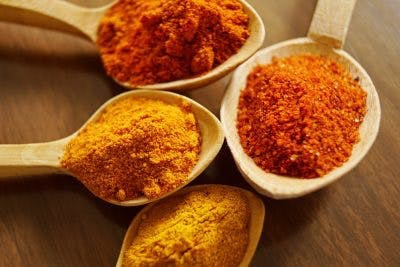
Turmeric is a nutritious yellow herb that is commonly found in Indian food.
As much as 50% of children with cerebral palsy also experience epilepsy. It’s suggested that a compound found in turmeric called curcumin has anticonvulsant properties due to its high levels of antioxidants.
Curcumin also increases the production of an important growth protein called BDNF, which helps the brain adapt through the formation and strengthening of neural connections in the brain.
Cerebral Palsy and Diet: Key Points
An insufficient diet is the most common cause of limited growth and development in children with cerebral palsy.
Because every case of cerebral palsy is unique, each individual will have different nutritional needs. Therefore, it’s essential to work with your child’s doctors and a dietician to effectively manage their specific dietary needs.
We hope this article helped you understand the significant role diet plays in the development of children with cerebral palsy.

